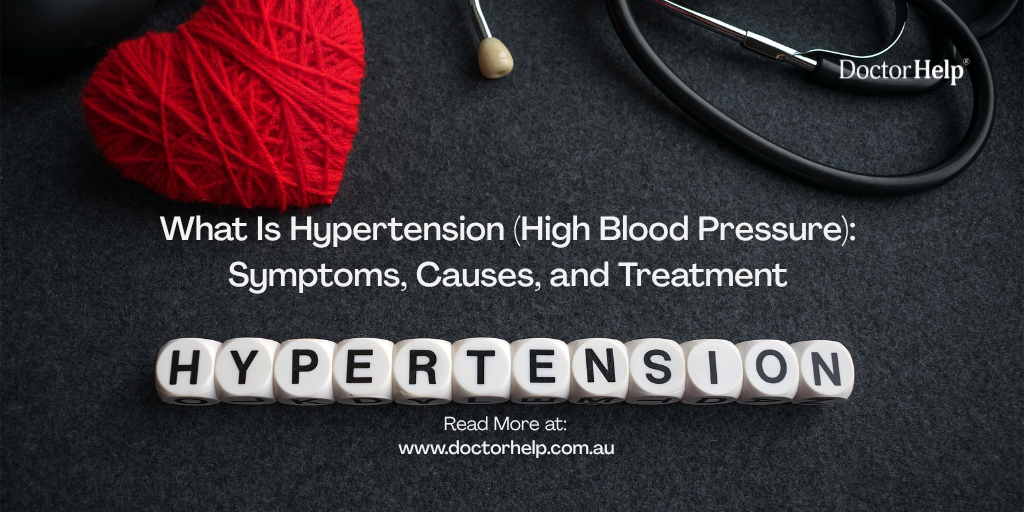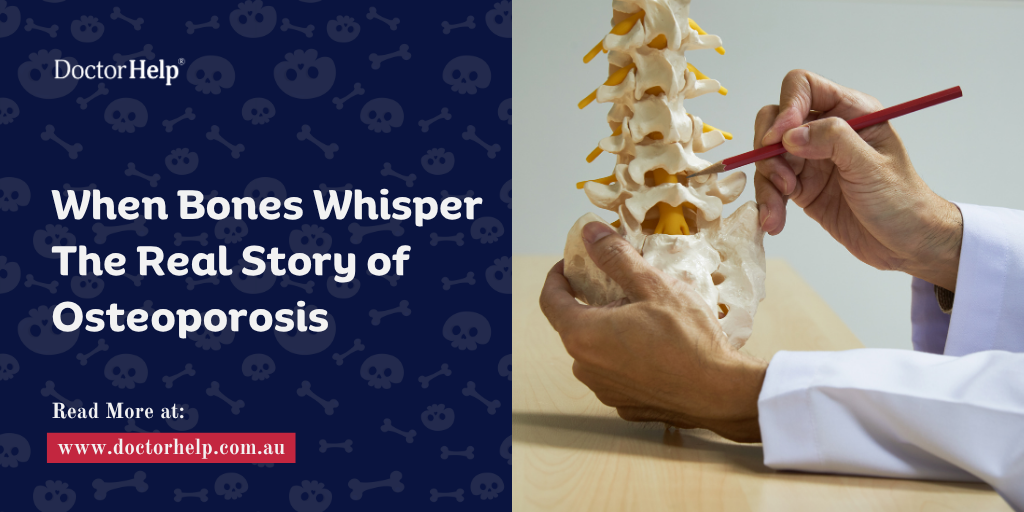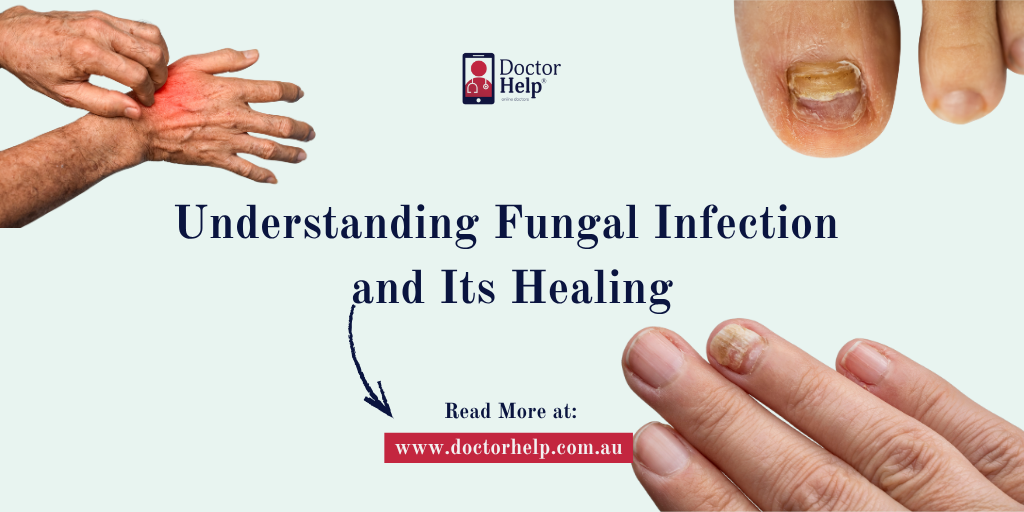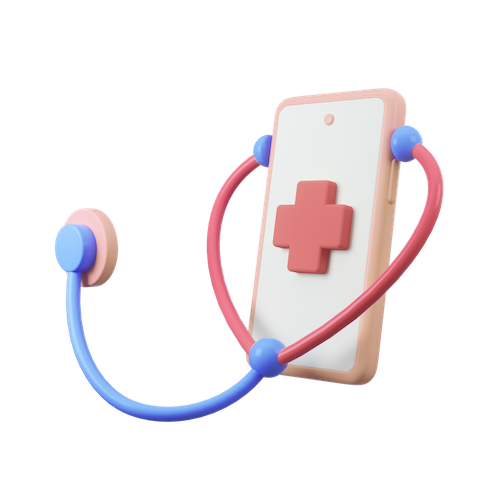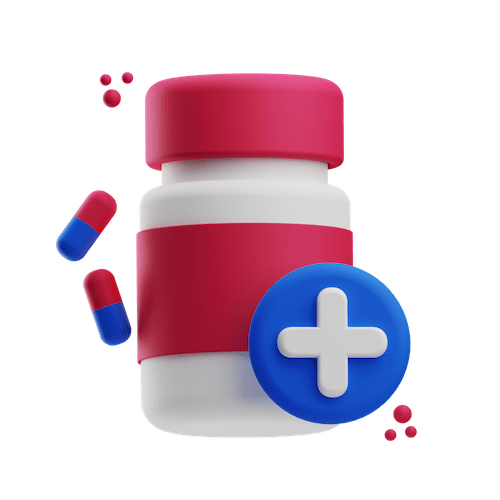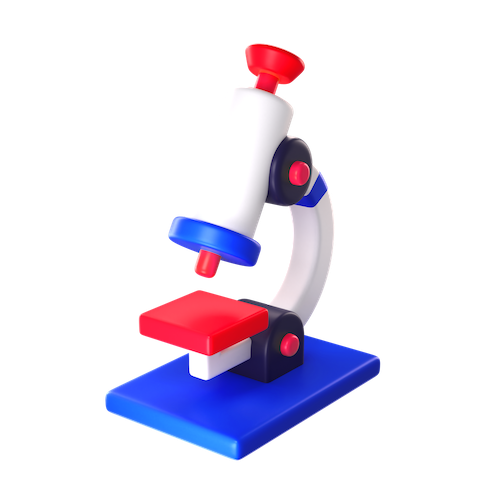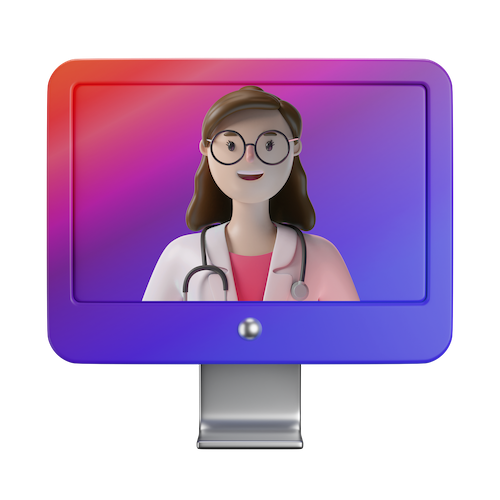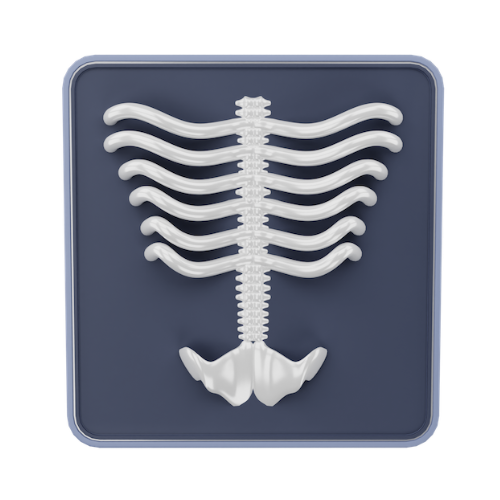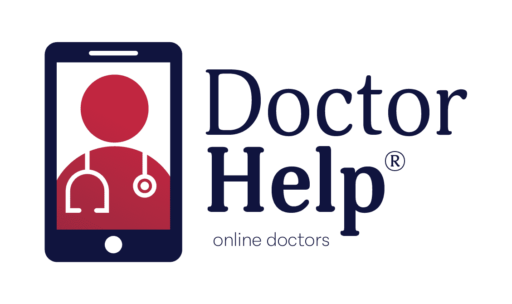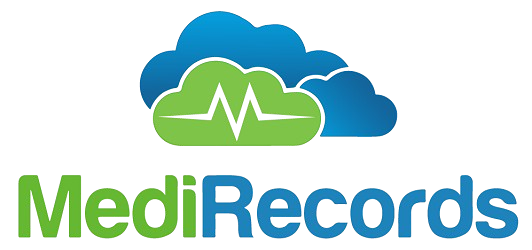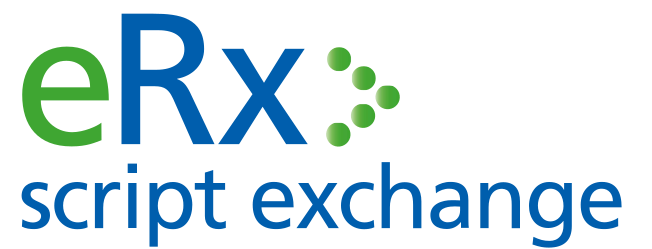Table of Contents
You’ve been unwell. You’ve got a prescription. Now what?
You just got back from the GP, your throat’s sore, your head’s pounding, and you’re holding a script in your hand that looks like a cocktail of strange names and abbreviations. You head to the pharmacy and the pharmacist asks,
“Would you like the generic version?”
You pause. Generic? Is it even the same?
You looked at the prescription again and noticed that there is a medicine name that is not quite familiar to you or it is not the brand name you have seen on television. This may provoke doubts: What is the difference between brand vs generic medicines?
If you’ve ever felt confused staring at your prescription, you’re not alone. In Australia, understanding the difference between brand and generic medicine is essential–not just for your wallet, but for your health and safety.
In this blog, we’ll unpack the facts about brand medicine vs generic, how generic drugs work, explain why prescriptions in Australia now focus on the active ingredient, and offer practical tips to help you understand your medication better.
What Are Brand and Generic Drugs?
Brand Name Drugs
Brand name drugs are the medication manufactured and sold by drug companies. When a new medicine is created, it receives a special brand name to help it retain in people’s memory as well as be recognizable in the market. The medicine is patented in the company and it is not easy to copy it over a certain period.
Generic Medicines
The generic drugs have the same active ingredient as brand drugs but are sold under another name as soon as the patent expires. They have a different appearance as they might come in different colours, shapes or fillers but their mechanism of action is the same in your body.
Generic Drugs Safety
Healthdirect Australia states that, in order to be available in Australia, generic medicines have to be subjected to the same quality, safety and effectiveness standards as those of brand medicine.
The Therapeutic Goods Administration (TGA) takes a very strict approach with generic medicines to ensure that they are bioequivalent to the brand medicine which simply means that they put the same amount of active ingredient into your bloodstream within the same period of time as the brand medicine.
How Do Generic Drugs Work?
The key lies in the active ingredient–the chemical compound that actually treats your condition.
Whether you’re taking Panadol (brand) or paracetamol (generic), it’s the same active ingredient, working in the same way. What may differ are:
- Inactive ingredients (like fillers or binders)
- Packaging and brand name
- Price
These differences don’t affect how the medicine works, but if you have allergies to certain fillers or coatings, it’s worth mentioning this to your pharmacist.
Why Do Prescriptions Use Active Ingredient Names?
Since February 2021, Australian law mandates that prescriptions list medicines by their active ingredient rather than brand names. This approach, known as active ingredient prescribing, aims to:
- Standardise medicine information.
- Encourage the use of generic medicines to reduce healthcare costs.
- Help patients better understand what they are taking.
For example, instead of prescribing “Panadol,” your doctor will prescribe paracetamol, the active ingredient. This means your pharmacist can supply either the brand or a generic version, depending on availability and cost.
Brand Medicine vs Generic
Here’s a list of generic drugs and their brand names.
| Category | Brand Name | Generic Name |
| Pain relief | Nurofen | Ibuprofen |
| Antibiotic | Augmentin | Amoxicillin + Clavulanic acid |
| Cholesterol | Lipitor | Atorvastatin |
| Antidepressant | Zoloft | Sertraline |
| Antihistamine | Claratyne | Loratadine |
You can verify medicine names and ingredients via the PBS Medicines Finder.
Are Generic Medicines Safe and Effective?
Yes. Generic medicines are required to show bioequivalence to brand medicine prior to their approval. It implies that they possess the same active component in the equal dose and have the same effect on your body.
According to Dr Anju Aggarwal GP of the Royal Australian College of General Practitioners, the generics may appear different but their potency as well as effectiveness is the same.
What Your Prescription Tells You?
If you’ve ever wondered how to read a prescription, here’s a simple breakdown:
Active ingredient: The core treatment (e.g., Sertraline)
Brand name: Optional, may be included depending on your doctor.
Dose: e.g., 50 mg.
Route: oral, topical, etc.
Frequency: once daily, twice daily, etc.
Thanks to active ingredient prescribing rules, most Australian prescriptions must list the generic name first–a government initiative to encourage informed, cost-effective choices.
Read our guide: how to read a prescription.
Generic vs Brand Medication: Cost Matters
One of the biggest reasons Aussies choose generic is price.
Under the Pharmaceutical Benefits Scheme (PBS):
- Generic medicines are often cheaper or subsidised.
- They help reduce healthcare costs nationally.
- They’re safe and regulated just like branded options.
When Might Brand Medicines Be Preferred?
Sometimes, your doctor may prescribe a brand medicine if:
- You have experienced side effects with a generic version.
- The brand medicine has a specific formulation or release mechanism needed for your condition.
- You require a biosimilar medicine (a generic version of a biological medicine), which may have slight differences but similar effects.
Also read 4 Steps to Get an Online Prescription in Australia
Some Common Questions
- Can I drive after taking prescription medication?
Per the National Transport Commission (NTC), before driving, you must ensure the medicine does not impair your ability to operate a vehicle. Always ask your pharmacist about side effects, and check the label for drowsiness warnings.
- How to tell if medication is generic or brand?
Look at the box. If the medicine has a trademarked name (e.g., Lipitor), it’s branded. If it uses the active ingredient name (e.g., Atorvastatin), it’s generic.
- Is it okay to switch between brand and generic drugs?
Yes–but always ask your pharmacist, especially for medications treating mental health or epilepsy. Some patients may respond differently to fillers or release mechanisms.
Final Thoughts
Knowledge of brand vs generic medicines puts you in the right position to control both your health and medicine type. With the powerful regulatory framework, and the project of active ingredient prescription in Australia, you can rest assured that you can have safe, effective and cost-effective alternatives to the generic medicines.
So, when your pharmacist asks, “Would you like the generic version?”–now you know exactly what they mean.
Choosing between brand and generic drugs isn’t just about cost–it’s about understanding your treatment, reading your prescription, and feeling confident that your choice is backed by science, law, and real-world testing.
So the next time you’re handed a prescription, remember:
- Generic medicines are safe, effective, and trusted in Australia.
- You have the right to ask questions and choose.
- Your health, your wallet, and your confidence matter.
Still unsure about your medication or prescription? Speak with a qualified doctor from the comfort of your home, book a telehealth consult today and get the clarity you need.
References:
- Healthdirect Australia. (n.d.). What are generic medicines? Healthdirect. https://www.healthdirect.gov.au/what-are-generic-medicines
- Australian Government Department of Health and Aged Care. (2025, March 12). About medicines. https://www.health.gov.au/topics/medicines/about-medicines
- Healthdirect Australia. (n.d.-b). What are generic medicines? Healthdirect. https://www.healthdirect.gov.au/what-are-generic-medicines
- Administration, T. G. (2024, October 28). Generic prescription medicines: Fact sheet. Therapeutic Goods Administration (TGA). https://www.tga.gov.au/news/news/generic-prescription-medicines-fact-sheet
- Assessing fitness to drive. (n.d.). National Transport Commission. https://www.ntc.gov.au/codes-and-guidelines/assessing-fitness-to-drive
- Active ingredient prescribing: all you need to know. (2020, September 8). NPS MedicineWise. https://www.nps.org.au/consumers/active-ingredient-prescribing-all-you-need-to-know#
- New prescription medication? Ask these questions | HCF. (n.d.). https://www.hcf.com.au/health-agenda/health-care/treatments-and-procedures/generic-versus-brand-name-medicine
- Healthdirect Australia. (n.d.-a). Pharmaceutical Benefits Scheme (PBS). Healthdirect. https://www.healthdirect.gov.au/pharmaceutical-benefits-scheme-pbs#


